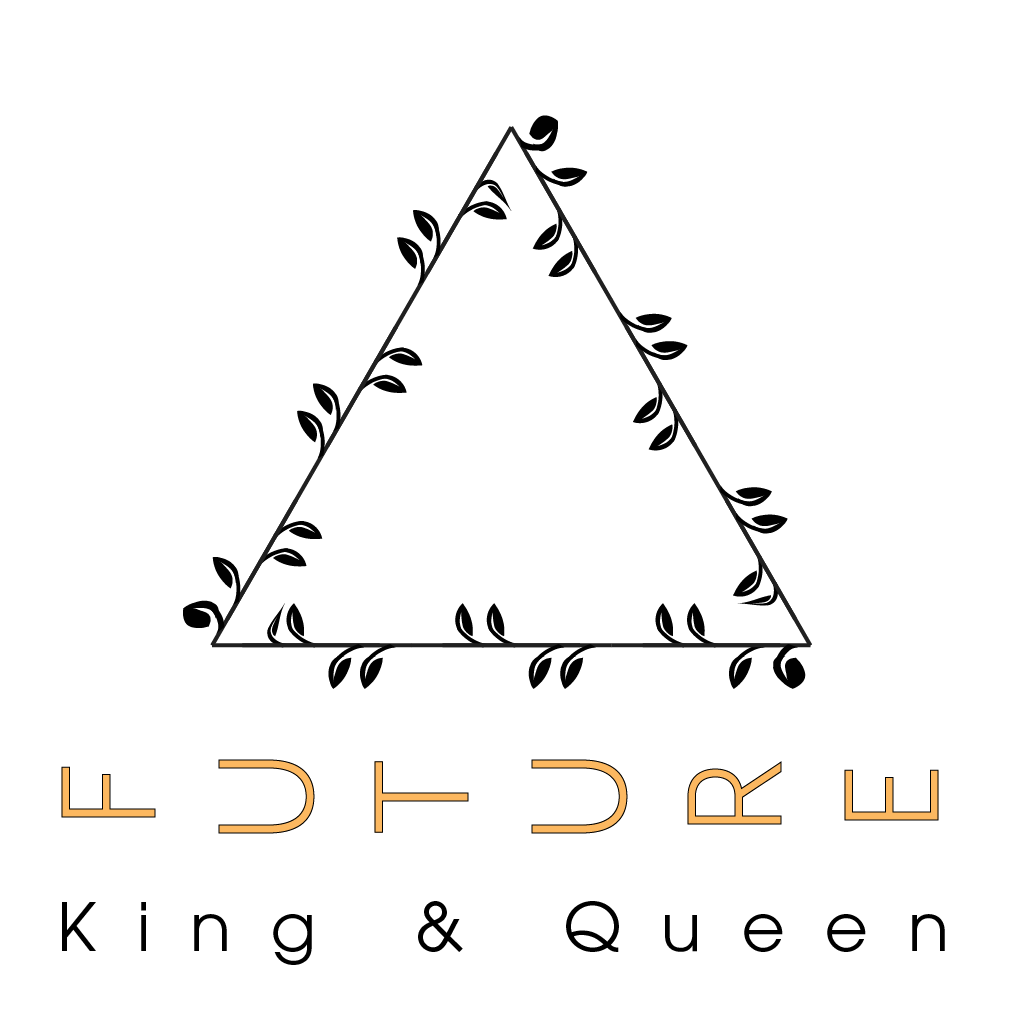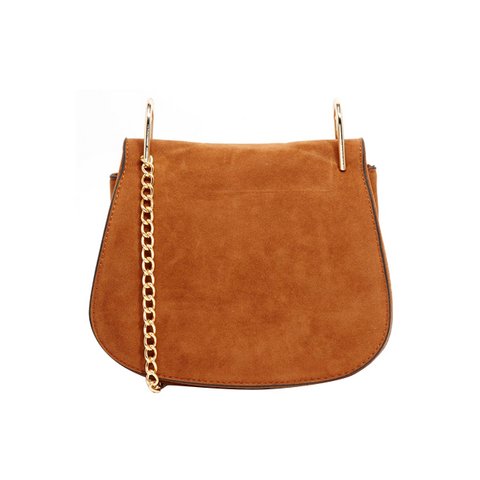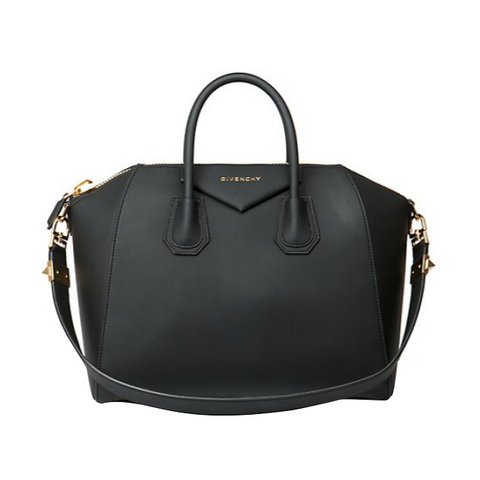Thoughtful things to read this week
The Man Who Would Tame Cancer
Patrick Soon-Shiong is opening a new front in the war on the deadly disease.
"There are many different sub-types just in lung cancer. They all hijack the immune system, tricking your body into believing they are not there. If we can teach your immune system to outsmart cancer by realizing that these cells in your body need to be killed, and if we can mobilize our immune system, then we have a completely new shot at treating cancer.
"The flip side of this hypothesis is, why would you give yourself chemotherapy at the highest doses, which wipes out the immune system? That’s what we’ve been doing for 40 years. I’m not saying you shouldn’t give yourself chemotherapy at all—but why would you give yourself such a high dose that you actually wipe out whatever protective mechanisms that you already have? Let’s understand the biological complexity of cancer, and use that understanding and trick the cancer to kill itself. And I think we have figured out a way to do that."
READ THE REST OF THIS ARTICLE AT NAUTILUS
A Hint of Danger in the Forest
HELEN MACDONALD TEACHES AT THE UNIVERSITY OF CAMBRIDGE. HERE SHE REFLECTS ON HER ENCOUNTER WITH A WILD BOAR IN THE WOODS OF ENGLAND.
When animals become so rare that their impact on humans is negligible, their ability to generate new meanings lessens, and they come to stand for another human notion: moral failings in our relationship to the natural world. As the boar ran up to the fence on that summer day, I felt a huge and hopeful pressure in my chest. The world has lost half its wildlife in my own lifetime.
We are living through the earth’s sixth great extinction; climate change, habitat loss, pollution, pesticides and persecution have meant that vertebrate species are dying out up to 114 times as fast as they would in a world without humans. Seeing this single boar gave me a sense that our damage to the natural world might not be irreversible, that creatures that are endangered or locally extinct might one day reappear.
READ THE REST OF THIS ARTICLE AT NEW YORK TIMES MAGAZINE.
7 Vegan Leather Bags That Are Even Chicer Than the Real Thing
Would Susan B. Anthony, that iconic fighter for women’s rights, carry her position papers in a shiny calfskin briefcase? Would Mary Shelley, who not only reputedly eschewed meat but had her main man Frankenstein opine, “My food is not that of man; I do not destroy the lamb and kid to glut my appetite; acorns and berries afford my sufficient nourishment,” favor a buckskin bucket bag?
Would Tolstoy, Gandhi, Plato, Leonardo da Vinci, George Bernard Shaw, and Pythagoras have crowded the handbag sale aisles at Bergdorf Goodman, snatching up suede schoolgirl satchels and cowhide clutches?
No way! Don’t think so!
All these people, and many more—maybe you!—were vegetarians, and some were vegan. But just because you hold firm principles, just because hides don’t hide in your closet, doesn’t mean you have to hold something depressing and unchic in your slender, sexy hand.
Don’t compromise! In our wonderful pluralistic world, plenty of designers are offering gorgeous alternatives, from Stella McCartney’s floral bucket bag to satchel to the evocatively named Freedom of Animals’s tasseled mini number.
READ THE REST OF THIS ARTICLE (& SEE THEIR PICK OF CHIC VEGAN BAGS) AT VOGUE
Is Passive Solar Design Irrelevant?
Could super-insulated building be more effective at maintaining indoor comfort than passive solar design? Steve Hansen comes up with a surprising answer.
Passive solar design principles have been recognized for decades and are on display in Frank Lloyd Wright’s Solar Hemicycle designs, to cite one high-profile example.
Once lauded for providing “free heat,” passive solar design principles are now recognized as being less effective at maintaining indoor comfort than superinsulated buildings.
As a new generation of do-it-yourself builders got busy experimenting in the 1970s, passive solar design ideas proliferated. Builders claimed that attached sunspaces, solar collectors, trombe walls, earth ships, and many more ideas could keep a house comfortable with minimal or zero use of fossil fuels.
Superinsulated designs, likewise, saw intense development in the 1970s, and have come to the forefront of green building thanks to the Passive House standard. This demanding approach focuses on improving air-tightness and insulation, decreasing thermal bridging, and setting rigorous levels for energy use.
For a time, fans of both approaches debated their merits, but it’s clear that the superinsulated approach has won the battle. Hefty amounts of insulation coupled with rigorous air sealing result in a house that uses less energy and remains more comfortable than passive solar houses.
Martin Holladay, writing for Green Building Advisor, examined this topic and admitted that, though he sided with the superinsulation crowd, he still hung on to some passive solar ideas. Deliberate solar orientation and proper roof overhangs, for example, could yield energy savings if properly designed, he reasoned.
“Lately, however, I’ve begun to wonder whether there is any technical justification for these recommendations," he wrote. "Do these design principles result in energy savings? Or am I just dragging around the stubborn legacy of my hippie past?”
Many of these ideas have a certain instinctive appeal, but according to Holladay, their performance is lacking.
“For one thing, passive solar buildings never worked all that well,” he wrote. “Even back in the 1970s, they were cold on winter mornings and hot on sunny afternoons. But most solar enthusiasts were so excited by the idea of 'free heat' that we accepted uncomfortable conditions as a necessary part of the brave new solar future we were all busy creating.”
READ THE REST OF THIS ARTICLE AT SOURCEABLE ARCHITECTURE NEWS





